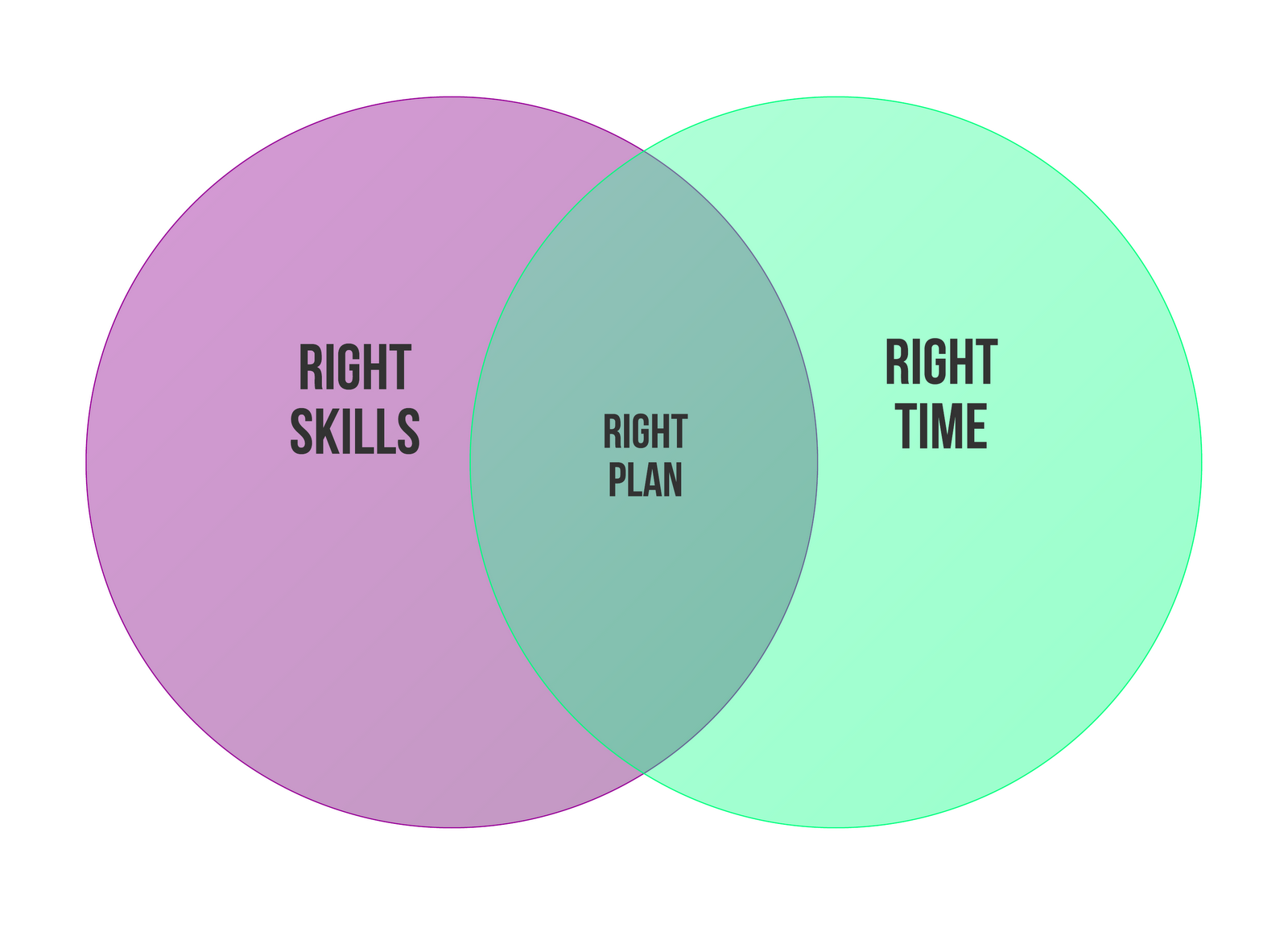Back in November, I wrote about how most people in the Strategic Workforce Planning space define it as having the right people, in the right place, at the right time - and that I felt that definition was misleading. The original post is below, but what surprised me was two-fold:
1. It sparked a long discussion over on LinkedIn from people in the Strategic Workforce Planning space; and
2. It is by far the most visited post on a blog that has been around since 2007, despite having only been published in November.
Some of the key observations from people in the LinkedIn discussion for me were these:
- Shane Granger agrees that the right place (geographically) is increasingly irrelevant, and that "global space" may be more appropriate, and proposes that "Reasonable People, Global Space, Convenient Time and Right Cost" may be more appropriate.
- Rob Scott (who writes a great blog here, and is the Practice Leader of Human Capital Services at Presence of IT in Sydney) believes that "right place" isn't redundant, but it is inflexible - and that "best, preferred, or appropriate" place would be better.
- Lori Morgan of workforce planning vendor OrcaEyes suggests that "right place", when taken as a place in the organisation, rather than a physical location, is an appropriate term to use.
- Kouros Behzad, the Director of HR Solutions for Workforce Planning and Analytics at SAP Labs, points out that in many organisations, the Right Place is important - and cites examples of the armed forces and emergency services.
The original post, which first appeared here, is below:
In the past week, I've read several different definitions or introductions to Strategic Workforce Planning as getting "The Right People, in The Right Place, at The Right Time". It's catchy... but is it true? There are a couple of long-term trends that are occurring with workplaces that indicate we should change the definition...
Let's think about what the intersection between the Right People, the Right Place, and the Right Time might look like:
Under this definition, the optimal workforce is at the intersection of all three...
- The right people in the right place (but at the wrong time) might be thought of "The Bench" - parts of the workforce that are not utilized currently, but will be when demand increases.
- The wrong people in the right place at the right time are parts of the workforce where there is a demand for work, but those people are not the right people to perform the work. These might be parts of the workforce that are now misaligned to the organizational strategy.
- The right people at the right time, but not in the "right place", are parts of the workforce that would be able to do the work if location wasn't a requirement. If the work could be performed remotely in any way, it might fall into this segment of the diagram above. This includes offshoring, telework, and outsourcing; but it also includes those parts of the workforce that just happen to be located in a different office, or a different department.
It seems that workforce planning should include the work inside that last segment - if the work needs to be done and can be reallocated to other parts of the workforce (productively), then options that will allow that to be done should at least be considered in a strategic workforce plan.
Increasingly, the workforce is becoming location independent - and this is only going to increase. By changing the mantra to "Right Skills, Right Time" I believe Strategic Workforce Planning will be more inclusive and effective.
What are your thoughts?


